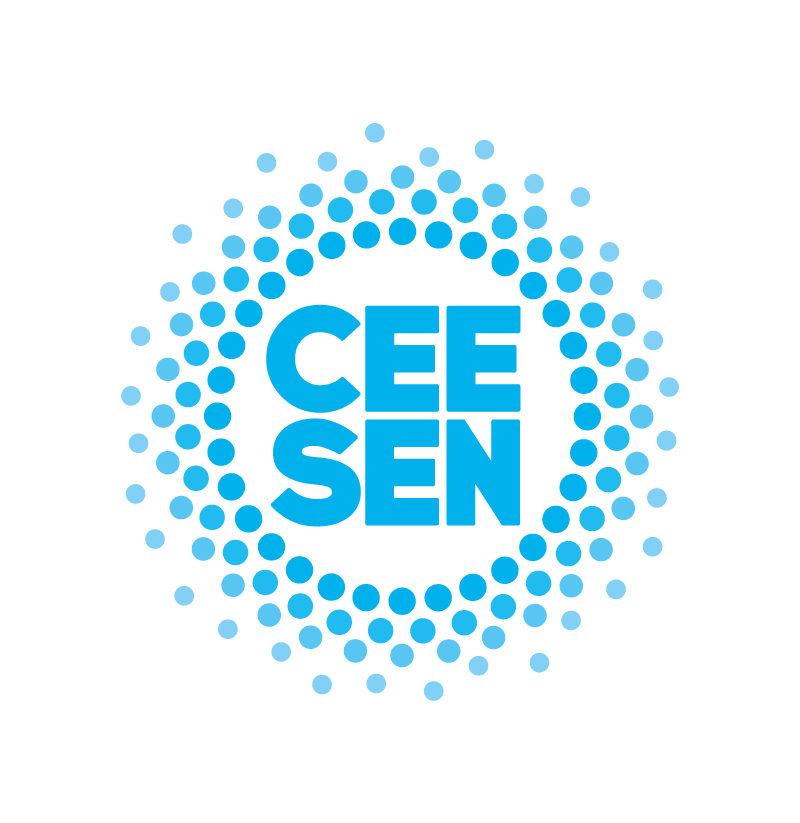| 19,995 (2020) | |
| 66.31 km2 | |
| 2020: 145,000 | |
| 2030: 101,500 |
About the city of Hatvan, Hungary
Hatvan is an important transport hub in the north- western part of the Great Plain, on both banks of the Zagyva River. These qualities have attracted many businesses to the city. The weight of the industrial sector is therefore much greater than in other cities of similar size.
Mitigation
The city of Hatvan would reduce its greenhouse gas emissions by 30% by 2030 compared to 2020. As industrial production is very energy intensive, the energy consumption per capita in Hatvan is one and a half times higher than the national average. Therefore, the most important mitigation objective is to increase the efficiency of energy use. This can be achieved mainly by (deep) energy renovation of buildings and by strengthening cooperation with the industrial sector.
A significant part of the mitigation package is linked to the rationalisation of the thermal energy sector and includes a preliminary study on the development of a new district heating system based on renewable/waste heat. This step alone would imply a reduction of 20,800 tonnes CO2 emissions and 10.6 million m3 of natural gas consumption, which would be a great step not only for climate protection but also to reach energy independence.
Energy poverty
In the current energy crisis, it is crucial that the city targets its assistance to families in energy poverty. It is estimated that 15-20% of households in Hatvan may be struggling with this phenomenon. The defined measures outlined in the SECAP will help to map the problem and promote a long-term sustainable solution based on awareness-raising and community collaboration.

Adaptation
The Zagyva River is a vauleable natural resource in the city and a potential source of danger due to the increasing flooding. However, the development of the river’s environment offers unique climate adaptation potential. The expansion and development of urban green spaces is also considered by the public to be the most important municipal task. Relevant measures therefore focus mainly on a significant increase in forest coverage (from 6% to 27%) and the dissemination of various solutions for natural water reteachment measure. By implementing these improvements, the city can remain liveable even during upcomming severe heat waves and periods of drought.
The SECAP was created by WWF Hungary in 2023 and supported by CEESEU project.
The entire document is available on the link below in Hungarian language.
| The SECAP was implemented with the support of the CEESEU project. The CEESEU project received funding from the European Union’s Horizon 2020 research and innovation programme under grant agreement GA: 892270. Disclaimer: The author of this content is solely responsible for its content, which does not necessarily reflect the views of the European Union, and neither EASME nor the European Commission is responsible for any use that may be made of this content. |

